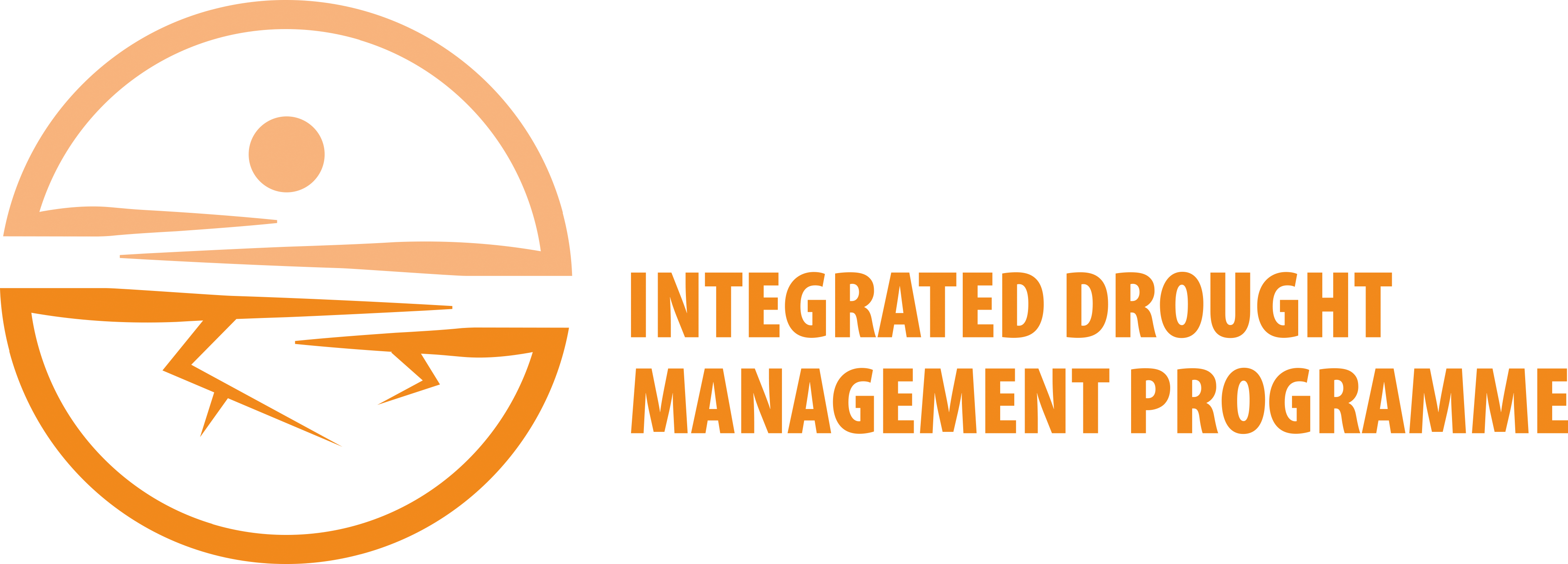Reclamation Drought Index (RDI)
Index name: Reclamation Drought Index (RDI).
Ease of use: Red.
Origins: The United States Bureau of Reclamation developed this drought index in the mid-1990s as a method to trigger drought emergency relief funds associated with public lands.
Characteristics: Developed to define drought severity as well as duration and can also be used to predict the onset and end of drought periods. It has both wet and dry scales and is calculated at the river basin level, in a similar way to the Surface Water Supply Index (SWSI). RDI has water-demand and temperature components, which allow for the inclusion of evaporation into the index.
Input parameters: Monthly precipitation, snowpack, reservoir levels, streamflow and temperature.
Applications: Used mainly to monitor water supply for a river basins.
Strengths: Very specific to each basin. Unlike SWSI, it accounts for temperature effects on climate. Wet and dry scales allow for monitoring of wet and dry conditions.
Weaknesses: Calculations are made for individual basins, so comparisons are hard to make. Having all the inputs in an operational setting may cause delays in the production of data.
Resources: The characteristics and mathematics are provided in the reference below.
Reference: Weghorst, K., 1996: The Reclamation Drought Index: Guidelines and Practical Applications. Bureau of Reclamation, Denver, CO, USA.
Currently used by: Iran, Greece.


